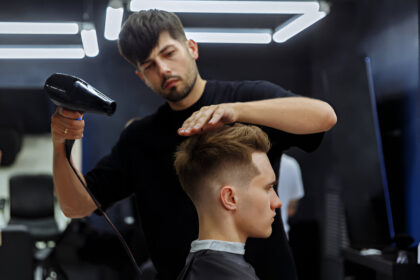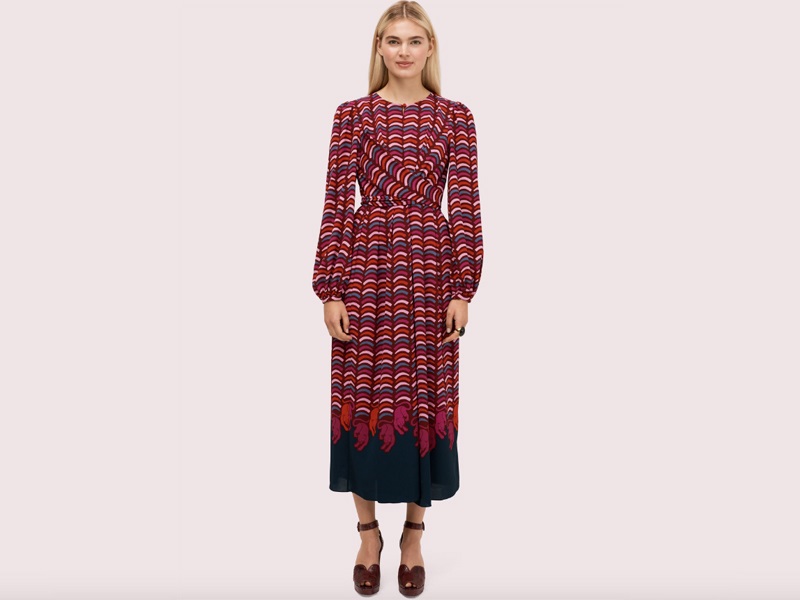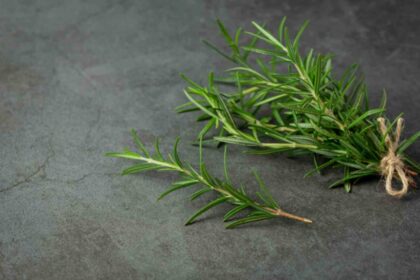A loose outer garment that some Muslim women typically don in public is what we call a burqa. It usually includes a mesh panel through which the wearer can see and covers the body and face. The burqa can be found in a variety of colours, but blue is the most popular choice. It often has embroidery all over the front and on the cap. In addition, the garment typically has a back pleat.
A burqa is an all-Arabic outfit that covers a woman from head to toe and includes a veil that only covers the eyes. In the media, the term has come to refer to any veiled body covering that Muslim women worldwide wear, even though the Arabic word only refers to Middle Eastern styles. Not only do Islamic ethnic groups and regions have distinct terms for veiling, but also distinct forms and aesthetics.
Bedouin and rural village women still wear the burqa, a full-face mask that covers everything but the eyes. These masks are constructed, shaped, and decorated in a way that is distinctive to particular ethnic groups over time.
Burqa masks can be made of pieced leather and only have almond-shaped eye slits in some styles. Coins, cowrie shells, buttons made of mother-of-pearl, beads, and ornaments made of silver or brass can be affixed to the leather, which can also be polychromed and decorated with intricate patterns.
Let us have a look at the history and the controversy of the burqa.
Introduction
Even in the 21st century, some Christians and Jews continue to observe the custom of veiling, which began long before the rise of Islam in the seventh century.
Thus, Islam did not invent the practice of veiling; rather, it probably incorporated local practices as it spread across the Arabian Peninsula, northern Africa, and southern Europe over time.
The burqa is required to be worn by some women by law, such as during the Taliban regime in Afghanistan from 1996 to 2001. On the other hand, some women can’t wear the burka or any other face-covering clothing legally. This is the case in France and Belgium, where such clothing is illegal in public places.
However, those who opposed these “burqa bans” argued that the laws violated a woman’s right to privacy, cultural heritage, and piety.
The Controversy
More than a month has passed since Muslim and Hindu students in Karnataka staged protests and counter-protests in response to the hijab controversy.
The Karnataka High Court is hearing petitions regarding the matter, but until the issue is resolved, the court has instructed students to wear uniforms and not wear hijabs, saffron scarves, or anything else.
On January 1, six female students at Government PU College in Udupi claimed that they were not permitted to enter classrooms while wearing hijabs, bringing the hijab controversy to the forefront. In a press conference, the students stated that they had asked for permission, but college administrators refused to let them enter the classroom with their faces covered.
They started a protest against college administrators, which quickly developed into a statewide problem. Other Karnataka towns received reports of protests similar to these. Since then, these protests and counter-protests with saffron scarves have spread to other states.





